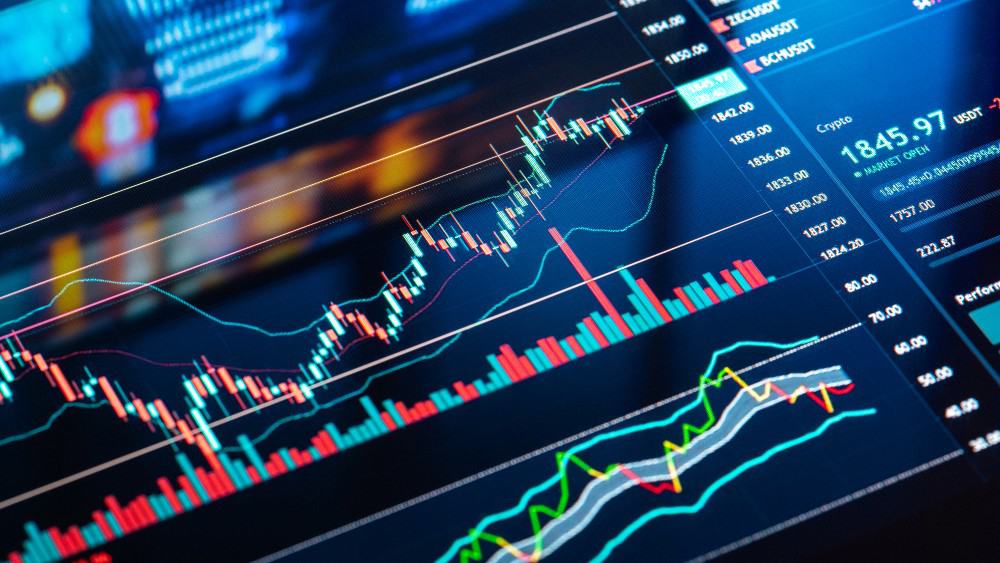Ether (CRYPTO:ETH) is the world’s second-most popular cryptocurrency. Boasting the ability to build decentralized applications and smart contracts, it has become the crypto of choice for the decentralized finance (DeFi) community.
ETH is well known for being the cryptocurrency used to buy NFTs. NFTs are bought and sold on the Ethereum blockchain, which makes ETH the natural token to use for buying them. The popularity of NFTs helped prop up ETH’s price in the second half of 2021, when Bitcoin and other cryptocurrencies were tanking.
So 2021 was a big year for ETH. NFTs proved that the token has a real world use case different from that of Bitcoin, and ETH beat Bitcoin’s return in the trailing 12-month period. That’s two big wins for the world’s number two cryptocurrency. But Ether still suffers from one real problem…
Too few transactions per second
According to Coinbase, Ethereum’s blockchain supports 15 transactions per second. That means that even moderate use puts strain on the network, resulting in long wait times and high gas fees. Last year, as NFTs surged in popularity, users reported paying extremely high fees–sometimes as much as 10% of the cost of their purchase. That put a serious damper on ETH’s usability. Fortunately, there is a set of upgrades coming that promises to make ETH much more usable–potentially supporting as many as 100,000 transactions per second!
The upgrades formerly known as ‘ETH2’
‘ETH2’ is the former name for a set of upgrades coming to the Ethereum blockchain this year. The upgrades are still happening, but they are no longer going by the name ‘ETH2’. The two most important are:
- Sharding, a data structure that breaks down large datasets into smaller, more manageable components.
- Roll ups, an extra layer of infrastructure that processes data on top of the original blockchain.
What these upgrades do is allow ETH to process more transactions while leaving the core blockchain unchanged. The end result, sources say, is 100,000 transactions per second.
What are the benefits of 100,000 transactions per second?
If Ethereum can really get to 100,000 transactions per second, then it should become much more usable. In practical terms, that means:
- Less congestion
- Faster payment processing
- Lower gas fees
That last item on the list is particularly important. Gas fees were the thorn in many NFT buyers’ side in 2022. At times going as high as 10% of the purchase price, they took a bite out of many investors’ returns. With Ethereum’s new update, perhaps they will become a thing of the past.
Foolish takeaway
2022 is shaping up to be an exciting year for Ether. NFTs are still popular, upgrades are coming, and there are even Ether ETFs now. Last year, Purpose Investments launched the Purpose Ether ETF, a pure play ETF consisting of nothing but Ether. A convenient stock-market traded Ether play, it gave investors the ability to hold ETH in a TFSA. Tax-efficiency is one of the most important aspects of investing, and today, Ether can be held in tax-sheltered accounts. So perhaps, if you’re excited about Ether’s new upgrades, you could consider buying an ETF like the Purpose Ether ETF and joining the ride tax-free.








